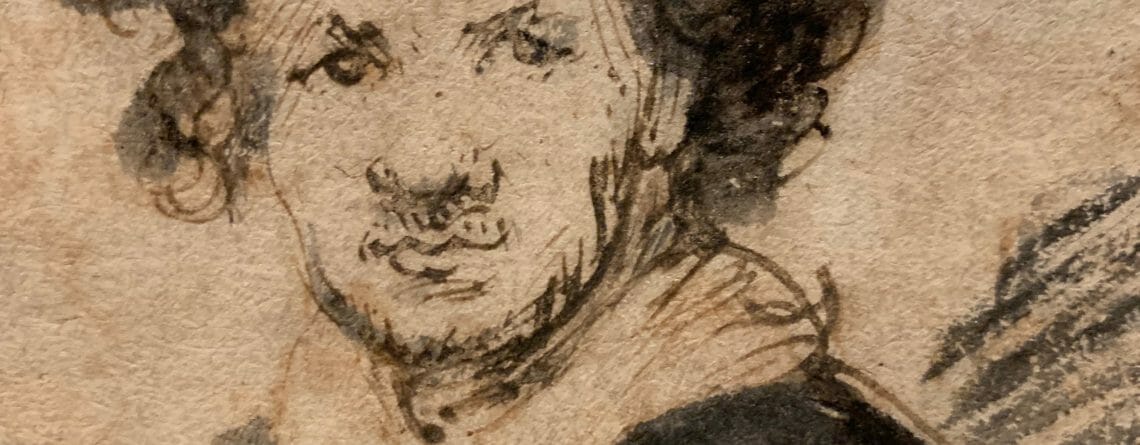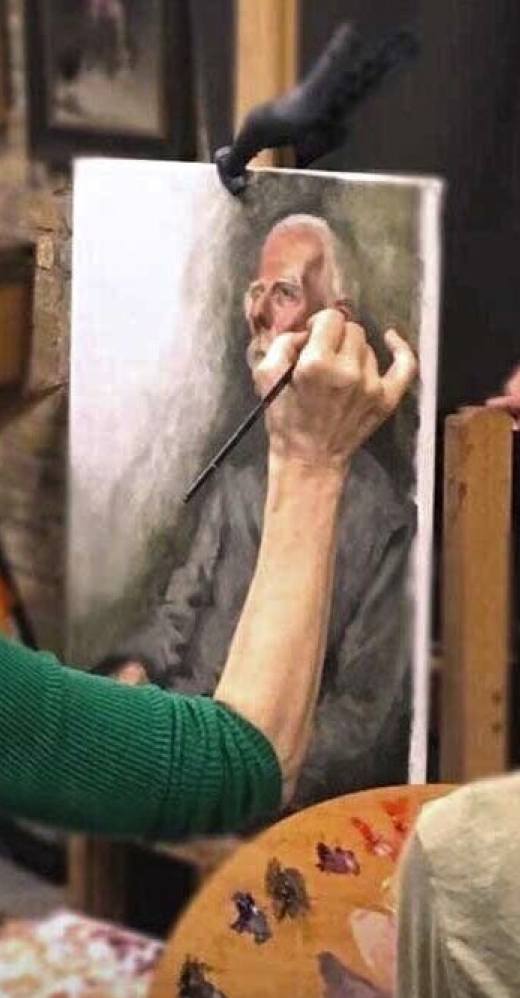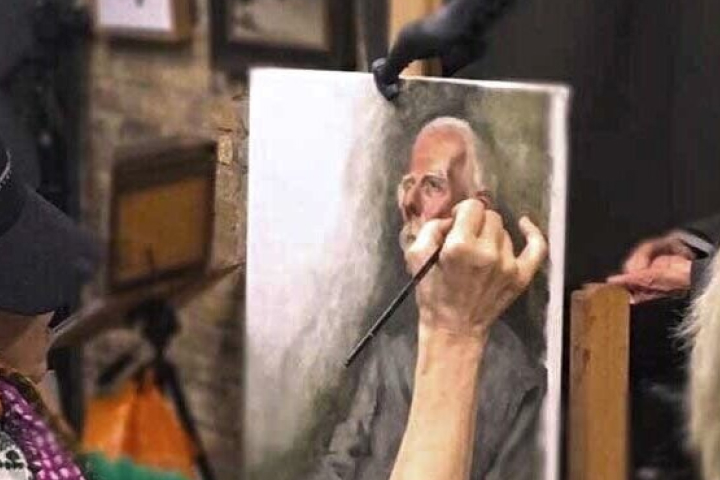Rijksmuseum: The Year of Rembrandt
The Rijksmuseum 2019 “Year of Rembrandt” Show Marks the 350th Anniversary of His Death
The Rijksmuseum yearlong celebration of Rembrandt’s work marked the 350th anniversary of the Dutch artist’s death. When my Mom and I heard about a large Rembrandt show at the Rijksmuseum we made arrangements to catch it before it closed. Not only did it include 22 paintings from their own collection, but it also featured 60 drawings and more than 300 of Rembrandt’s prints on paper. This show is the first time the Rijksmuseum has exhibited their extensive collection of Rembrandt etchings, original drawings, and watercolors in one comprehensive exhibition. We felt lucky to view this impressive body of work by one of art history’s greatest artists who happens to be one of our favorites as well.
Rijksmuseum’s Exhibition Section 1
There are a number of books published commemorating the show, but this one, Rembrandt: Biography of a Rebel, gives a sense of Rembrandt the man. Curator Jonathan Bikker covers the high and low points in his life, both as a citizen and well-known artist of 17thcentury Leiden and Amsterdam. With insight and compassion he shows us Rembrandt’s genius and the novelty of his work, which brings the artist to life for the reader. You will feel that you know Rembrandt as a human being as well as the author of some of the greatest paintings in history.
The exhibition is divided into three sections. The first section shows the different milestones in his career as a young artist. It was fascinating to follow his development and to see his growth evidenced through his self-portraits. As he matures, we sense his incomparable talents unfold and his intensity in examining painting in all its facets, continue. He never seems to abandon the desire to increase his understanding of painting and how it works.


Rijksmuseum’s Exhibition Section 2
The second section focuses on Rembrandt’s surroundings and the people in his life. As a young man and throughout his life, Rembrandt honed his craft by painting portraits of his mother, his family and acquaintances. He even made a powerful portrait of his wife Saskia as she lay ill in bed. The artist was also fascinated by the wider world around him: the beggars, the vagrants, the rich, and those chastised by society. He drew and painted countless portraits of the people he encountered. His vast subject matter also included animals, such as lions and elephants.





Rembrandt was a visual storyteller, and these stories are at the heart of the third and last section of the exhibition. The Old Testament tales inspired Isaac and Rebecca (the alternative title for The Jewish Bride,c. 1665 – 1669) and Self-Portrait as the Apostle Paul(1661) where he gives masterful expression to emotions that are familiar, yet powerful when expressed visually through his command of paint. Early depictions of these tales tend to be delicate and refined; later in life Rembrandt used a broader brushstroke and thicker paint—completely foreign to the common Dutch technique of painting at the time—to experiment with the possibilities of this medium. His use of light to guide the eye through the painting was singular.

















The recent acquisition of the spectacular marriage portraits of Marten Soolmans and Oopjen Coppit means the Rijksmuseum and the collection of Rembrandt paintings is now the largest in the world. These paintings span an impressive career—from the early Self-Portrait as a Young Man to the later Self-Portrait as the Apostle Paul the collection forms a coherent overview of his entire life. However the highlight of the collection is his greatest masterpiece, The Night Watch.We could have spent the entire trip just studying this painting alone.

Rijksmuseum and Rembrandt’s Masterpieces
His copious drawings were solid, had beautiful and descriptive line and made you feel the subject was real. I could see him figuring out form and considering light, even with the limitations of ink. It was as though I could “see” him think with line. Although his work wasn’t without flaws, he made no attempt to cover up this humanness. He did these studies for himself, in order to understand the world and add to the rich knowledge he gained about light and form. I felt I got an inside glimpse of his visual thought process, and a renewed appreciation for his brilliance.
Through his detailed etchings, numerous self-portraits and religious scenes the concept of chiaroscuro lighting was being explored. This is how he saw the world–through a scrim of light and shadow. For my Mom and me, this Rijksmuseum show deepened our appreciation for the magical light that Rembrandt was able to capture and left an indelible mark. Not only did we come home inspired, but we also learned so much about this great master’s genius for the beauty of light.






Leave a Reply
You must be logged in to post a comment.